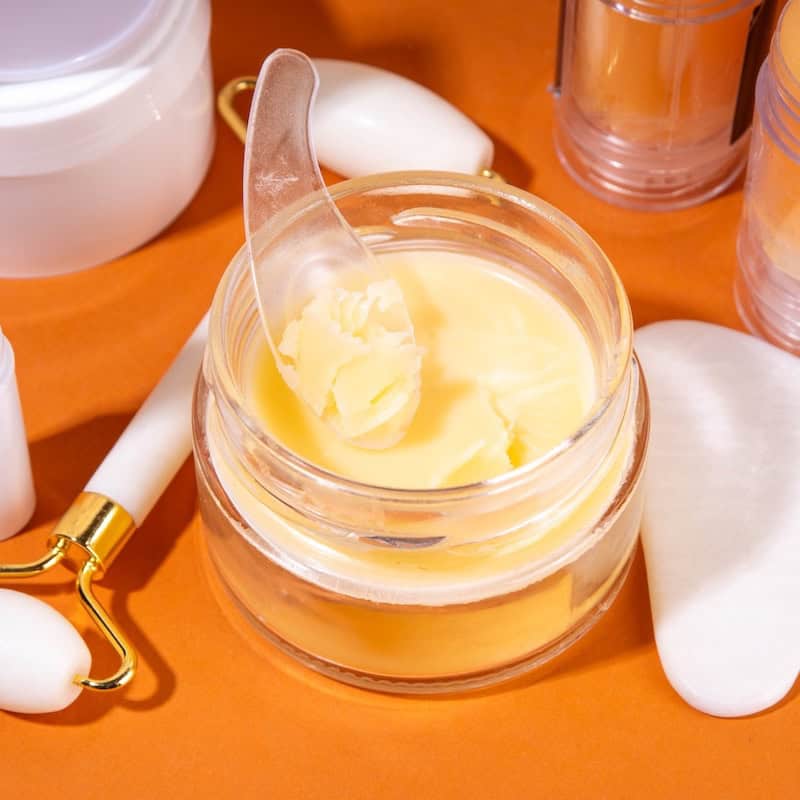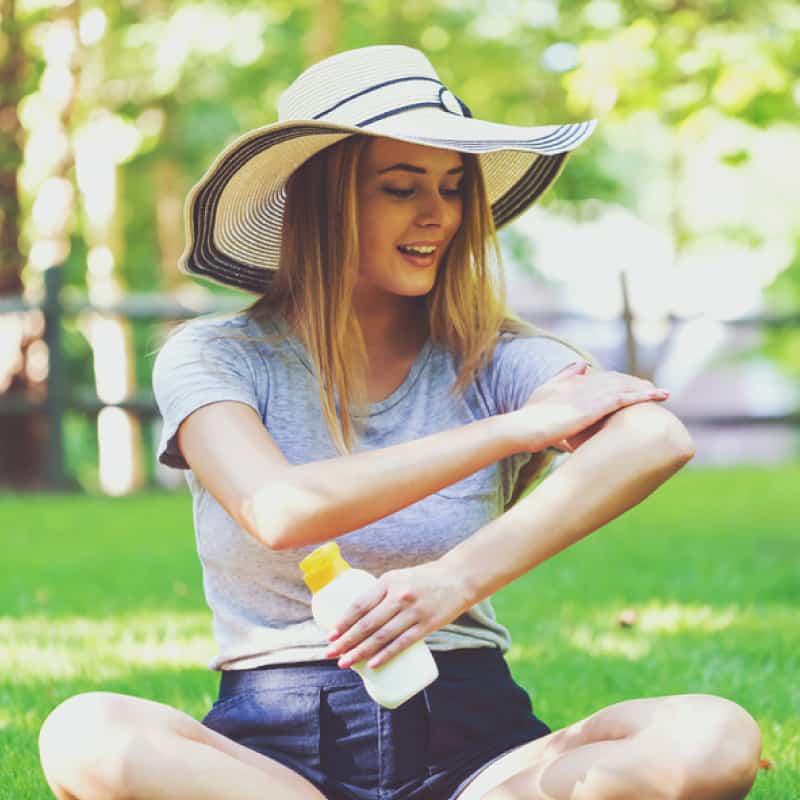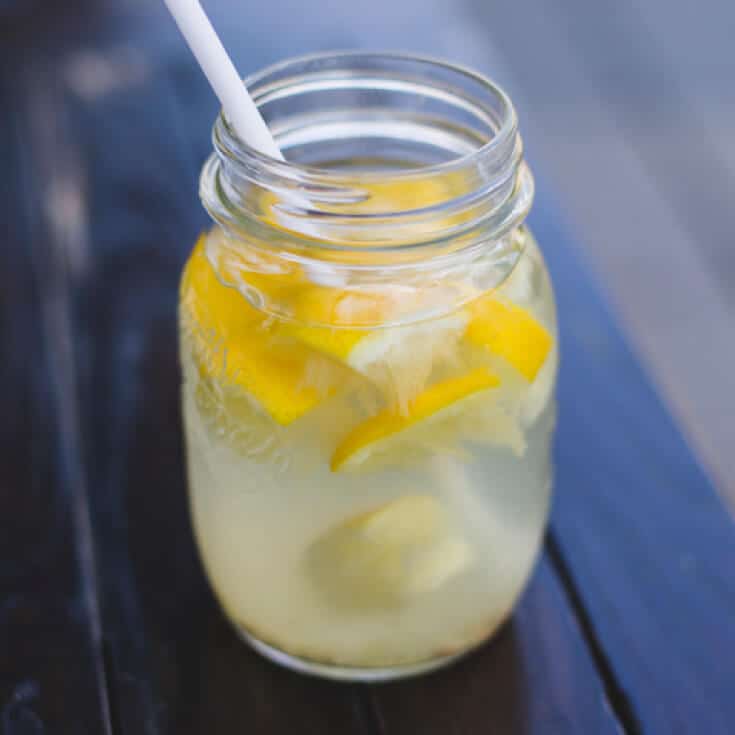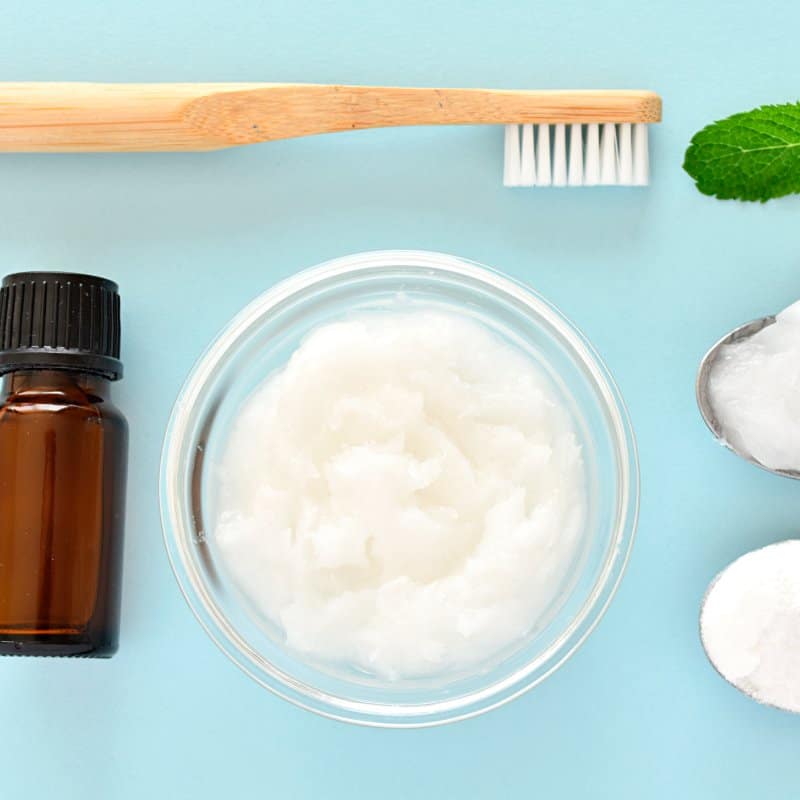This Dr. Axe content is medically reviewed or fact checked to ensure factually accurate information.
With strict editorial sourcing guidelines, we only link to academic research institutions, reputable media sites and, when research is available, medically peer-reviewed studies. Note that the numbers in parentheses (1, 2, etc.) are clickable links to these studies.
The information in our articles is NOT intended to replace a one-on-one relationship with a qualified health care professional and is not intended as medical advice.
This article is based on scientific evidence, written by experts and fact checked by our trained editorial staff. Note that the numbers in parentheses (1, 2, etc.) are clickable links to medically peer-reviewed studies.
Our team includes licensed nutritionists and dietitians, certified health education specialists, as well as certified strength and conditioning specialists, personal trainers and corrective exercise specialists. Our team aims to be not only thorough with its research, but also objective and unbiased.
The information in our articles is NOT intended to replace a one-on-one relationship with a qualified health care professional and is not intended as medical advice.
What Is Kaolin Clay? Uses for Skin and GI Issues
February 21, 2025
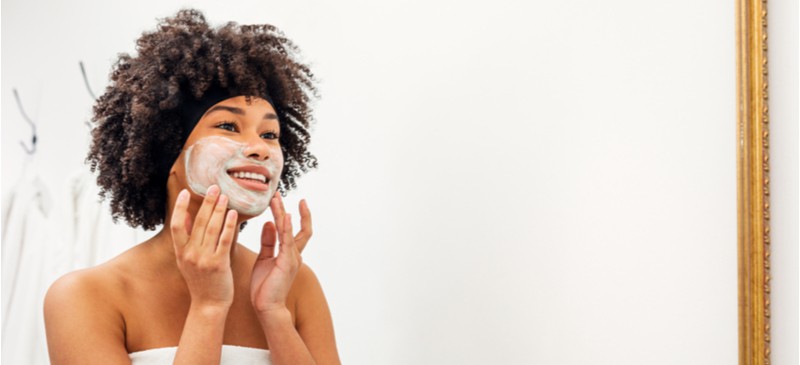
If you’ve experimented with bentonite clay as part of your natural skin care and beauty routine but you’re looking for something a bit milder, then kaolin clay may be the perfect option.
What is kaolin clay used for? This versatile clay can be used as a mild cleanser, gentle exfoliator, natural acne blemish treatment and teeth whitener, in addition to potentially helping deal with diarrhea, ulcers and certain toxicities.
It’s chock-full of minerals and detoxifying ingredients, yet it’s gentler and less drying than many other clays.
Let’s take a look at what kaolin clay is, where it’s found, and how you can use it on your skin, hair, teeth and more.
What is kaolin clay?
Kaolin clay is a type of clay primarily made up of kaolinite, which is a mineral that is found all over the earth. It’s also sometimes called white clay or China clay.
Kaolin was named after a hill in China called Kao-ling, where this clay was mined for hundreds of years. Today, kaolinite is mined from many different locations around the world, including parts of China, the U.S., Brazil, Pakistan, Bulgaria and elsewhere.
It forms most abundantly in soils that have formed from the weathering of rocks in hot, humid climates, such as those in rain forests.
This clay is soft, usually white or pink, and made up of tiny crystals of minerals, including silica, quartz and feldspar. It also naturally contains the minerals copper, selenium, manganese, magnesium and zinc.
However, it isn’t usually ingested for its nutrient content. Rather it’s taken to treat gastrointestinal problems or more often applied topically to the skin.
Additionally, kaolinite and kaolin pectin are also used in pottery and ceramics and in the manufacturing of toothpaste, cosmetics, light bulbs, china dishware, porcelain, some types of paper, rubber, paint and many other industrial products.
There are several different types and colors of kaolin clays available, including:
- While this clay is usually white, kaolinite can also be a pink-orange-red hue due to iron oxidizing and causing rust. Red kaolin clay indicates that there are high levels of iron oxide near where it is found. This type is most suited for people wanting to prevent signs of aging.
- Green kaolin clay comes from clay that contains plant matter. It also has high levels of iron oxide. This type is usually most drying and best for people with acne-prone or oily skin.
Benefits
1. Mild and non-irritating when applied to sensitive skin, hair and teeth
Kaolin is suited for nearly all skin types and is considered one of the most gentle clays available. In fact, one assessment showed that as part of a clay mask, it helped control oiliness without excessively drying the skin, and it may be suitable for oily or acne-prone skin.
Accordingly, you’ll find it in products such as facial masks and scrubs that help cleanse and exfoliate the skin, leaving behind a smoother, more even skin tone and texture.
Since it is gentle, it makes a suitable mild cleanser and detoxifying treatment for sensitive skin.
Kaolin also has an appealing pH level that is close to the pH of human skin. This means that it typically isn’t irritating and is a good product for those with sensitive, delicate or dry skin.
You can also apply kaolin to your hair and scalp to help with cleansing and reducing irritation without drying your hair out. Similarly, it can be used in the mouth to help clean the gums and whiten the teeth.
2. Can help manage acne and signs of inflammation
According to a 2010 report, natural clays have been used to treat skin infections since the earliest recorded history. Clays have natural antibacterial properties and can kill a broad spectrum of human pathogens that cause skin rashes and acne.
As shown above, kaolin can aid acne issues. Because it absorbs excess oil and dirt from the skin, it helps clean out pores and prevent blackheads and breakouts.
Some also find it to be soothing and that it can help reduce redness and signs of inflammation.
You can even use it to exfoliate acne-prone skin without worsening irritation. Using it about twice weekly to exfoliate should leave behind softer, smoother, brighter skin that is less oily.
3. May help reduce signs of aging
For those who are looking to prevent signs of aging, such as fine lines and wrinkles, kaolin clay may help tone and tighten the skin.
There’s some evidence suggesting that it can help improve skin elasticity and firmness due to its ability to remove dead skin cells and flaky, dry skin. The iron found in kaolin clay, especially in red types, is thought to help contribute to its ability to soften skin and fight damage.
It can also improve the overall tone and evenness of skin by decreasing dark spots, redness and signs of irritation due to bug bites, rashes, poison ivy, etc.
4. Potentially helps GI Issues like diarrhea and stomach ulcers
Kaolin pectin, a liquid preparation of kaolinite plus pectin fiber, can be used to treat diarrhea and internal sores or stomach ulcers within the digestive tract. It’s believed to work by attracting and holding on to bacteria and germs that can cause diarrhea.
A 2018 systemic review and meta-analysis showed evidence of superiority to placebo in reducing the diarrhea.
The most common industrially produced kaolinite preparations for treatment of diarrhea include attapulgite and bismuth subsalicylate (the active ingredient in Pepto-Bismol). Other brand names sold in the U.S. include Kaodene NN and Kapectolin.
Another traditional use of this clay has been soothing upset stomachs. In some parts of the world, historically people have used kaolinite internally to suppress their appetite and support detoxification.
5. Helps with blood clotting
Certain types of kaolin are used to help accelerate blood clotting and to stop dangerous bleeding. For example, the Naval Medical Research Institute in the U.S. uses kaolinite-derived aluminosilicate infusions in certain types of gauze treatments to help treat wounded soldiers.
How to use
Purchasing dry or powdered kaolin clay allows you to make your own natural skin cleansers, facial masks and scrubs at home. You can also look for pre-made products made with kaolinite, or you can add kaolin to your favorite cleansers.
To make your own skin care products using kaolin, combine the smooth clay with a small amount of water to make a paste that is easier to work with. Within the paste there are tiny crystals that help exfoliate, clean and refresh the skin by combining with oil, impurities and dead cells that can then be removed.
The amount of water you need to add depends on the size of the kaolinite particles and the exact chemicals that may be present in the kaolin. Read directions carefully to determine the ratio that is best.
Start with a small amount of water, and increase as needed. You’re looking to form a thin paste-like consistency that is thick enough to slather on your skin.
Here are various DIY uses for kaolin clay:
- Using it on your face. Apply kaolin to damp skin, and rub it in gently. Let it seep into your skin for about five to 10 minutes before rinsing with warm water.
- In the bath. Add two pounds of kaolin clay plus two pounds of Epsom salt to a warm soaking bath to simultaneously treat your skin and unwind. You can also add essential oils, such as lavender oil, to further boost relaxation and skin health.
- On your hair. Make a paste using kaolin, and then apply it to your scalp and roots. Let it sit on your hair for about five minutes before rinsing well and conditioning.
- For dental health. Add a small amount of kaolin clay to your toothpaste to help cleanse your gums and whiten your teeth by removing plaque. Be sure not to swallow the clay, and rinse well afterward.
Kaolin pectin may also be used internally, with caution. It’s taken by mouth in the form of a liquid suspension, often to help control diarrhea in adults (but often not children). It can be taken with or without food.
It’s recommended that you take it within one to two days of diarrhea beginning for the best results. It usually only needs to be taken for about 24 hours or less.
For adults, the usual dose is four to eight spoonfuls (60 to 120 milliliters) taken after each loose bowel movement. It works best when you drink plenty of fluids with it and eat a non-irritating, bland diet for several days.
Always check with your healthcare professional before using.
Kaolin clay vs. bentonite clay
What is the difference between kaolin clay and bentonite clay?
One of the most important differences between these two clays, both of which are used to make facial masks and other beauty/skin treatments, is their pH levels. Bentonite has a higher pH than kaolin, which means it tends to be gentler and less irritating.
Bentonite also absorbs more water than kaolinite, which means it can be more drying. This makes kaolin a better choice for people with sensitive, dry or damaged skin, while bentonite may be a better choice for very oily skin.
Risks and side effects
Is kaolin clay safe for skin? Overall it seems to be non-toxic and safe for most people to use topically in small amounts.
It can potentially be risky to get kaolin powder into the eyes, and it shouldn’t be applied to open wounds. You should also avoid using it if you’ve ever had an allergic reaction to other facial clays.
If taking kaolin pectin internally, get your doctor’s advice first. Report any side effects, including constipation, fever, tiredness, lack of appetite or not being able to have a bowel movement.
Be careful about combining kaolin pectin products with other medications, including antibiotics and laxatives.
Certain forms of kaolinite can be dangerous to breathe in in high amounts. In the U.S., the Occupational Safety and Health Administration has set the legal limit of safe kaolin exposure in the workplace as 15 mg/m3 total exposure and 5 mg/m3 respiratory exposure over an eight-hour workday.
Other authorities feel that the safe limit should be even lower, at 10 mg/m3 total exposure per day.
Conclusion
- Kaolin clay is a soft, white clay that contains minerals, including kaolinite. It has cleansing and soothing effects on the skin. It can also be used on the teeth and hair and taken internally to manage diarrhea.
- Where is kaolin clay found? It’s a clay found in soils around the world, including in China, the U.S., Brazil and many other countries.
- This clay has a lot in common with bentonite clay, but it’s less irritating and drying, so a better choice for delicate skin.
- Is kaolin ever bad for your skin? It’s generally safe and suited for most skin types, but it’s best to start with a small amount. Don’t take it internally without speaking with your doctor first, and avoid using it if you’re allergic to silica products or other clays.



